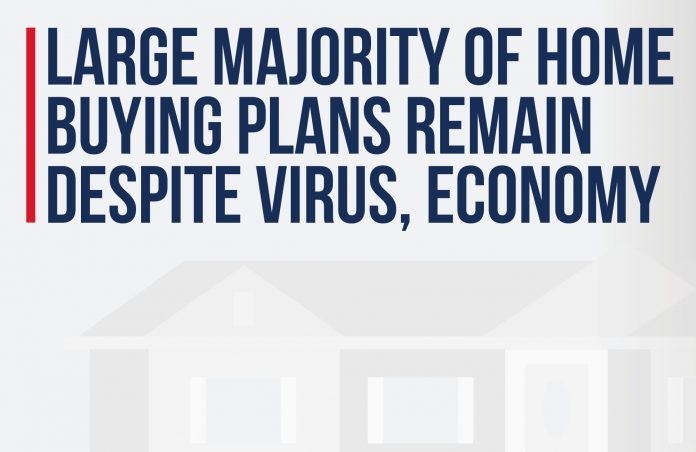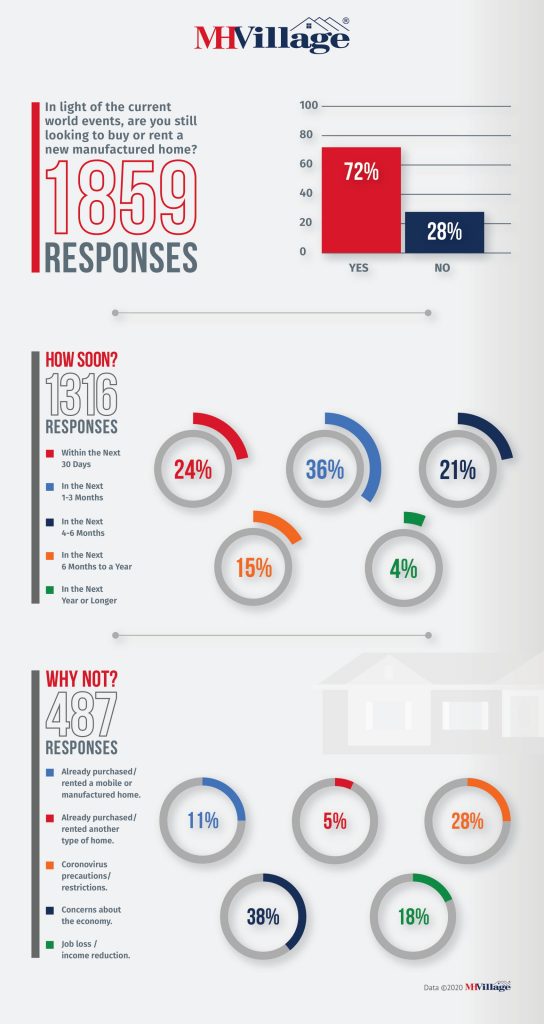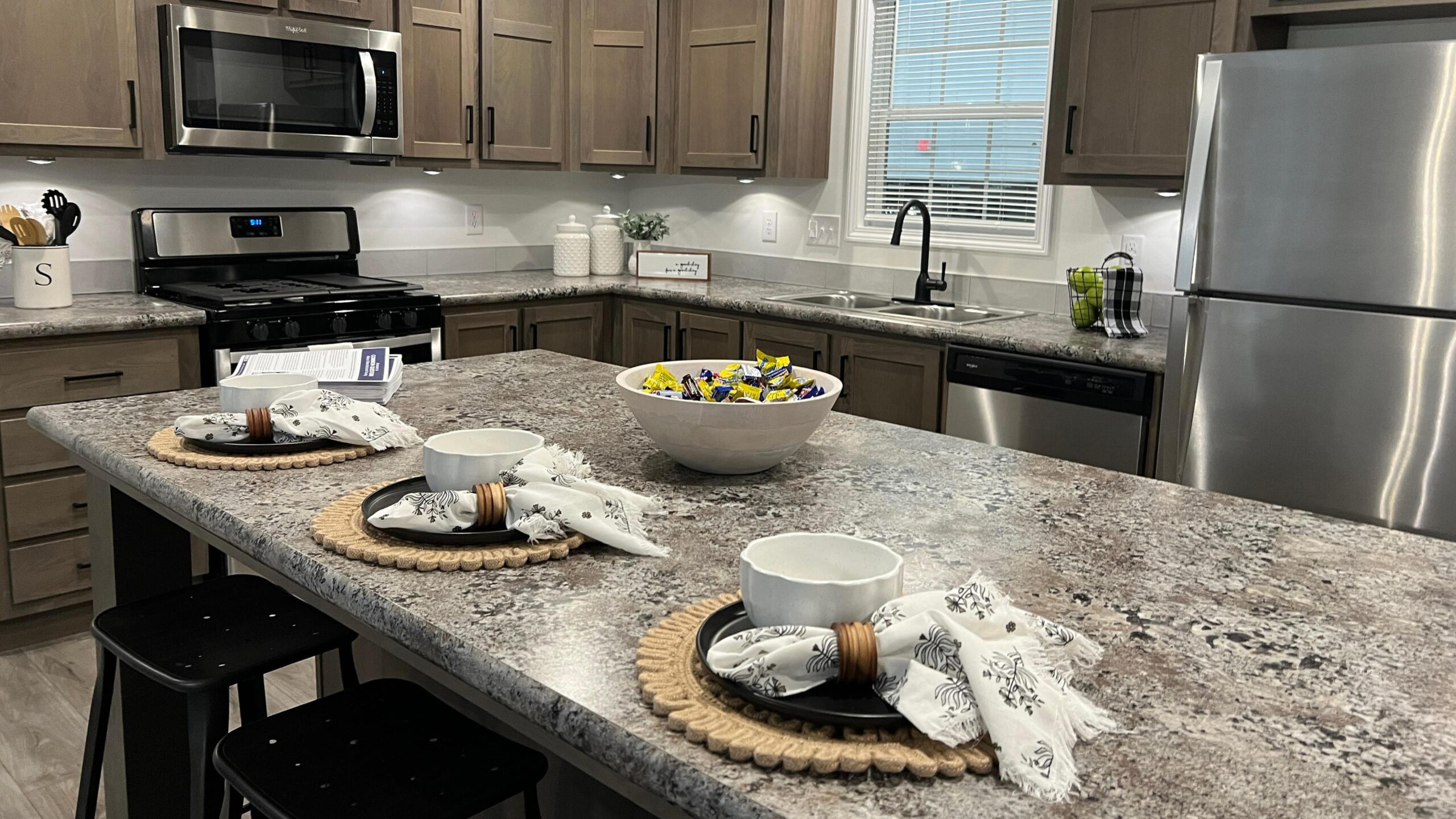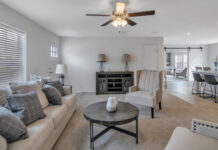Do you dream of expansive floor plans? Are you the kind of homebuyer who always thinks big and wants a fully-equipped home that provides maximum comfort? If that sounds like you, then you should know about the options for quadruple wide mobile homes that are now available.
Quadruple wide mobile homes are the largest and most spacious type of mobile home, and many homebuyers who want more space are investigating these super-sized manufactured home floor plans. Let’s take a look at what quadruple wide mobile homes have to offer and how a homebuyer can learn about their options.
What Are Quadruple Wide Mobile Homes?
First, let’s review some terms that refer to mobile home sizes. Any type of manufactured home other than a single wide is known as a multi-section manufactured home. A quadruple wide mobile home is a multi-section home that has four sections.
A multi-section home is manufactured in two to four complete sections which are delivered to the home site via a manufactured home transport company. When the home sections arrive at the site, trained professional manufactured home installers will join them together at a seam called the marriage line. The marriage line is reinforced with gasketing that keeps moisture and debris out of the space between the home sections.
Quadruple wide homes offer more space for the homebuyer’s money than any other type of manufactured home. In addition, as we’re about to discuss, a quadruple wide mobile home is often packed with luxury features and design options.
What You’ll Find in a Quadruple Wide Mobile Home
A quadruple wide mobile home gives the homebuyer more of everything. You’ll get more space, more features, more bedrooms, more bathrooms, and more home in general. For a homebuyer who wants to maximize the value of their investment and live in a home with ample space, a quadruple wide mobile home can be a great buy.
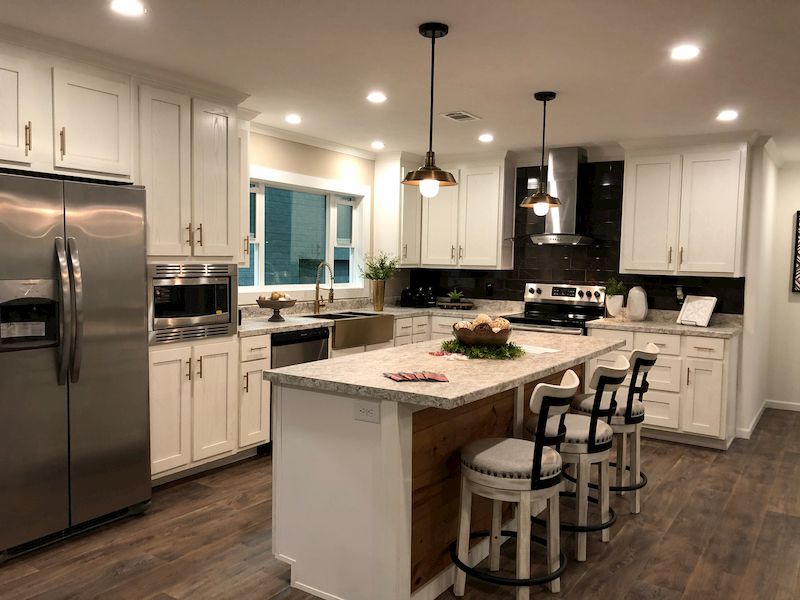
Today’s quadruple wide mobile home models often include features such as:
- Elegant window designs that provide plenty of natural light, often including bay windows or picture windows
- Contemporary kitchens that may include island counters, granite countertops, luxury appliances, and tile backsplashes
- Open floor plans that create an airy, pleasant, and flowing ambiance for your home
- A luxurious and appealing master bathroom suite with a full shower and tub
- At least four bedrooms and two bathrooms, sometimes more
- Multiple gathering spaces such as living rooms, family rooms, and media rooms
- Outdoor attached structures such as porches, sunrooms, decks, and garages
Quadruple Wide Pricing
How much does the average quad wide cost? Well, according to recent mobile home pricing estimates, multi-section homes run around the $102,000-$103,000 range. Compared to other homes that fall into the multi-section category, given their large size, you may find quad wide trailer homes at slightly higher price points as well.
Quadruple Wide vs. Modular Home
Quadruple wides and modular homes are often confused. Both modular homes and quadruple wide mobile homes provide a great value for buyers, but it’s important to be aware of how the two differ.
The key difference is that a modular home is built to comply with state and local building codes. In a quadruple wide mobile home, on the other hand, each individual section of the home must conform to the HUD code, a federally enforced law that regulates the safety and quality of manufactured homes. Both modular homes and quadruple wides can provide a great housing solution and owners of quadruple wide mobile homes can rest assured that their homes are constructed to the same rigorous standard, regardless of which state or city they live in.
How Can I Get a Quadruple Wide Mobile Home?
Not every home manufacturer offers quadruple wide mobile homes. In some cases, a quadruple wide mobile home must be custom-built. This process is still usually much faster and less expensive than building a site-built home of comparable size, since a quadruple wide mobile home is built in highly controlled factory conditions and always assembled by professionals trained and certified to work with the specific building materials used.
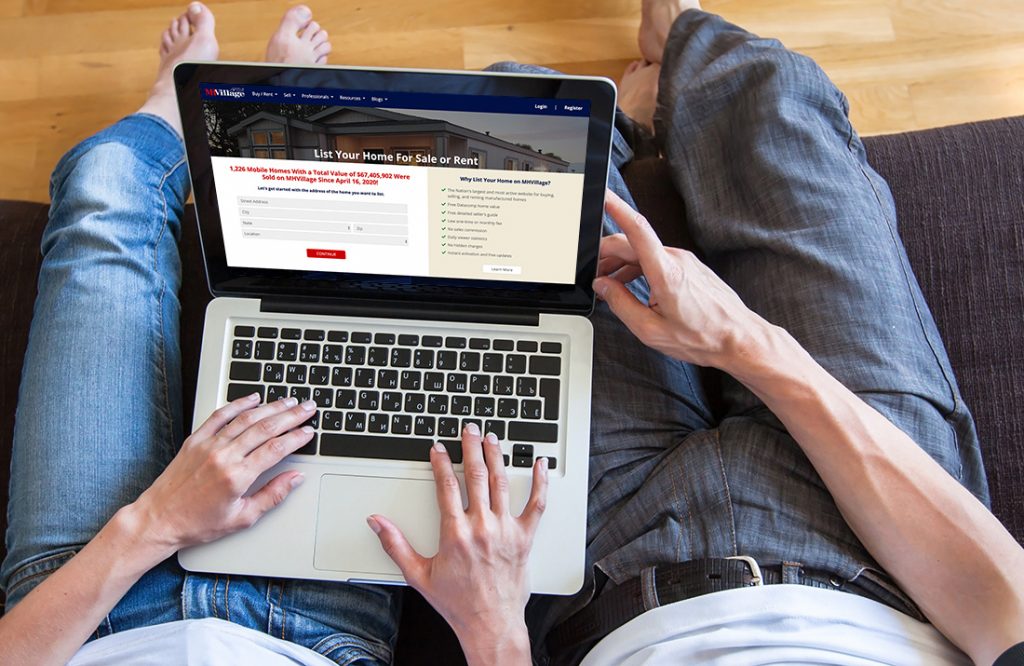
The best way to find a quadruple wide mobile home is to contact manufactured home dealers in your area. Ask your local manufactured home dealer whether they offer quadruple wide models or if it’s possible to have a quadruple wide mobile home custom built for you. Ordering a custom quadruple wide mobile home is also a great way to ensure that your home has all of the features and design elements that you want.
For more information on jumbo-sized manufactured homes, see our article examining some of the largest mobile homes, or read through our manufactured home buying checklist to learn what you should be looking for when buying a manufactured home of any size. To look at the largest options available in your state, use our mobile home floor plan listings and sort by “Largest to Smallest.”
Recommended: Check out these roomy 4 bedroom mobile homes


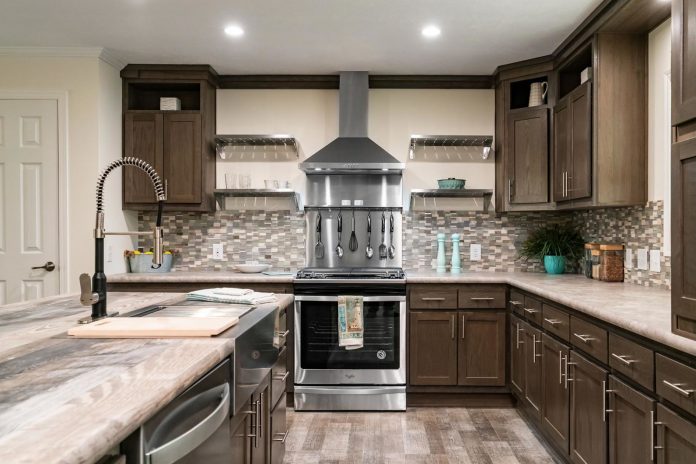






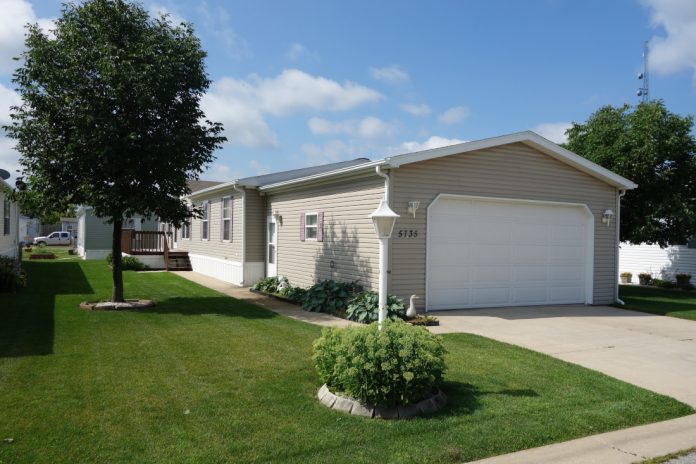
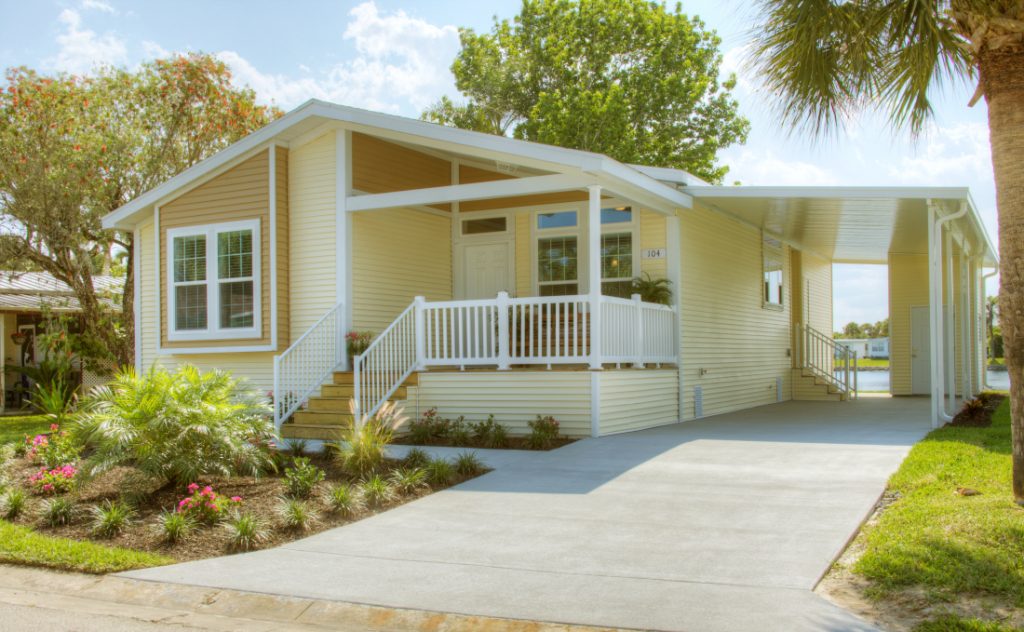
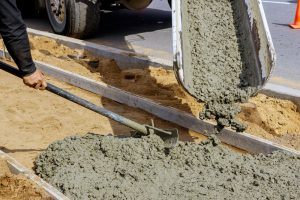
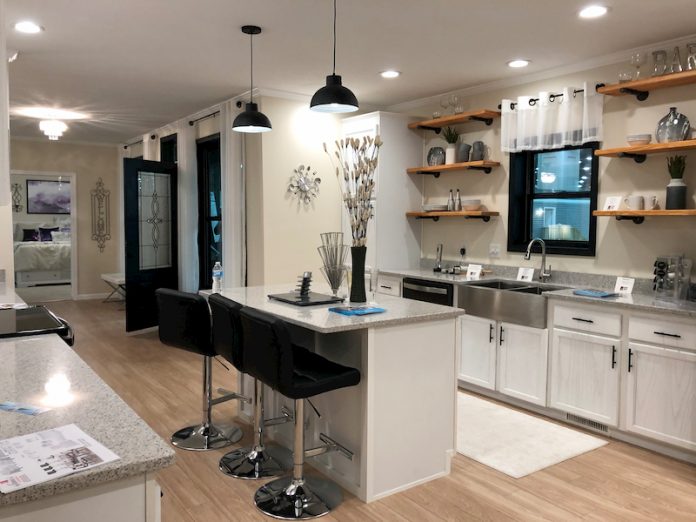

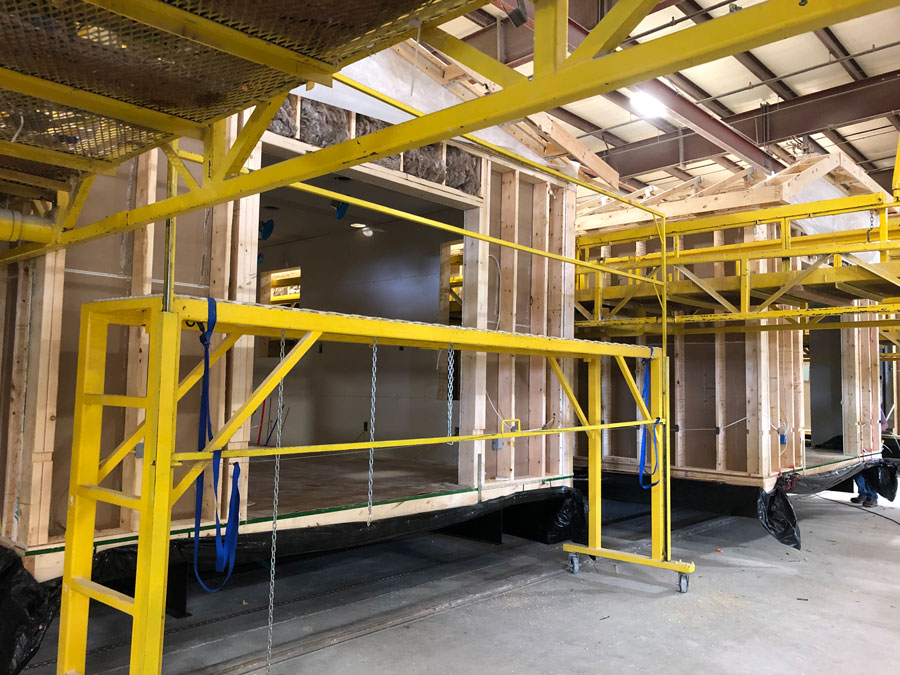
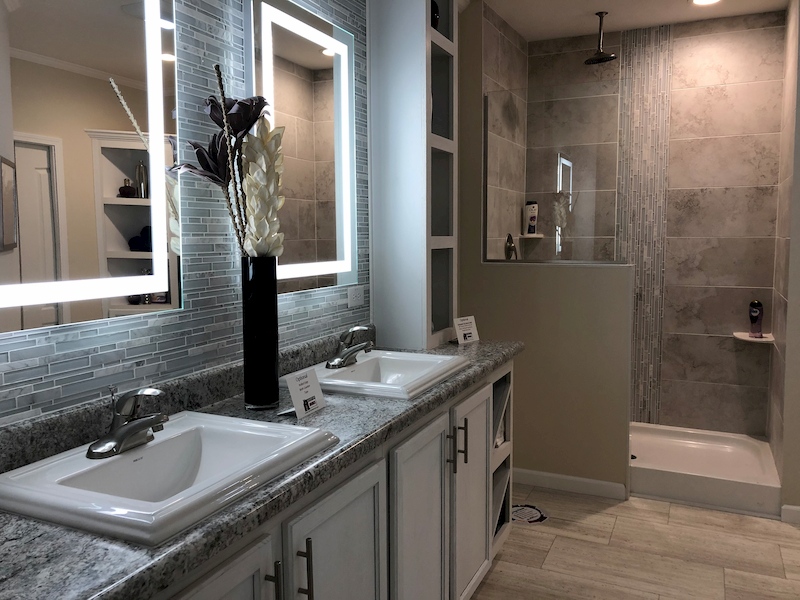
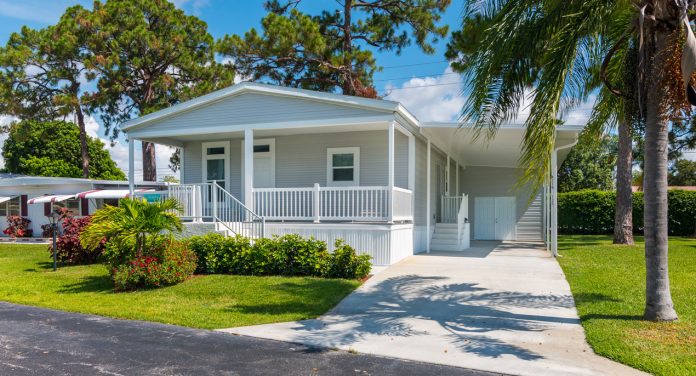
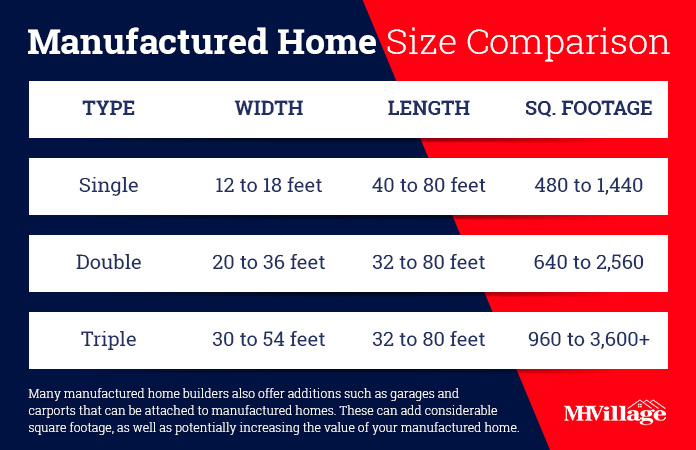
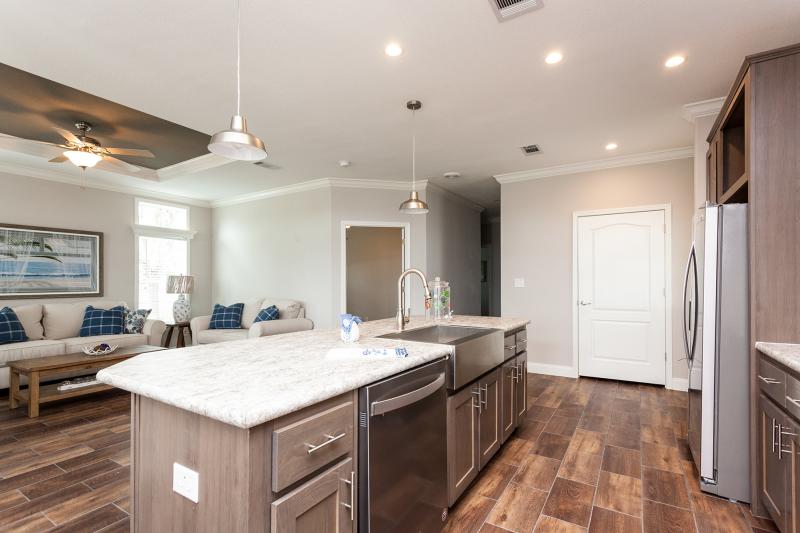
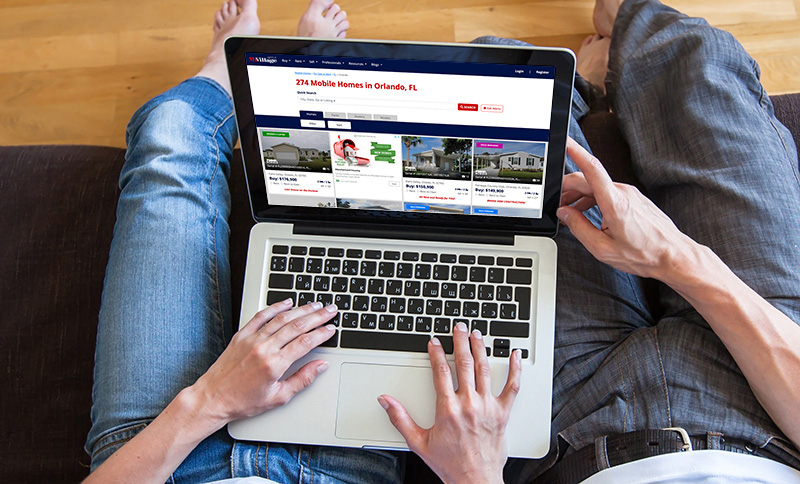


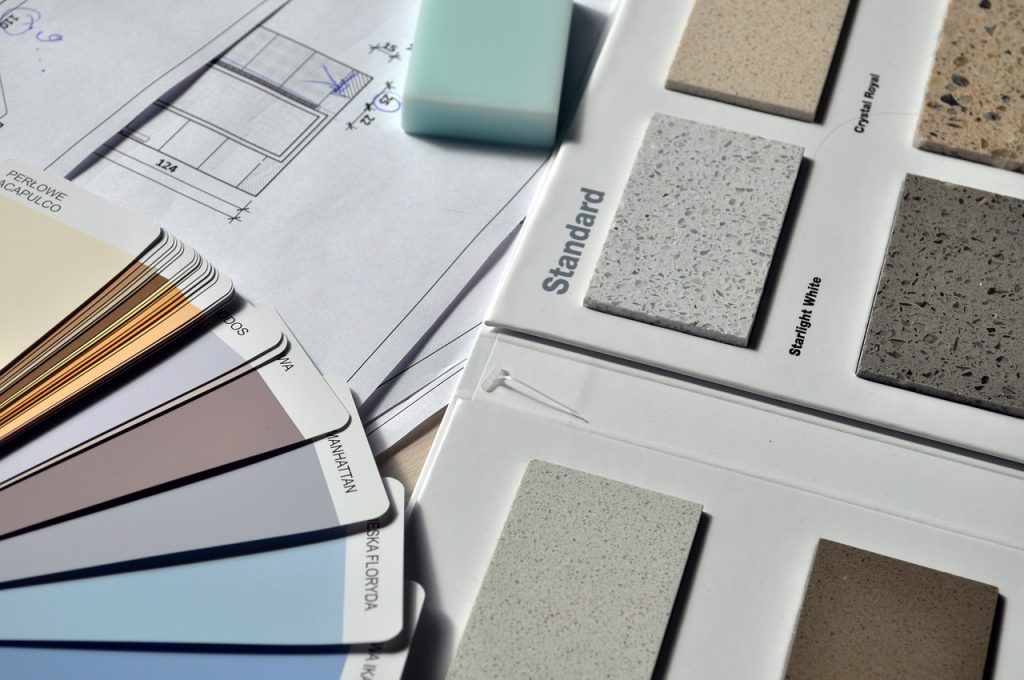

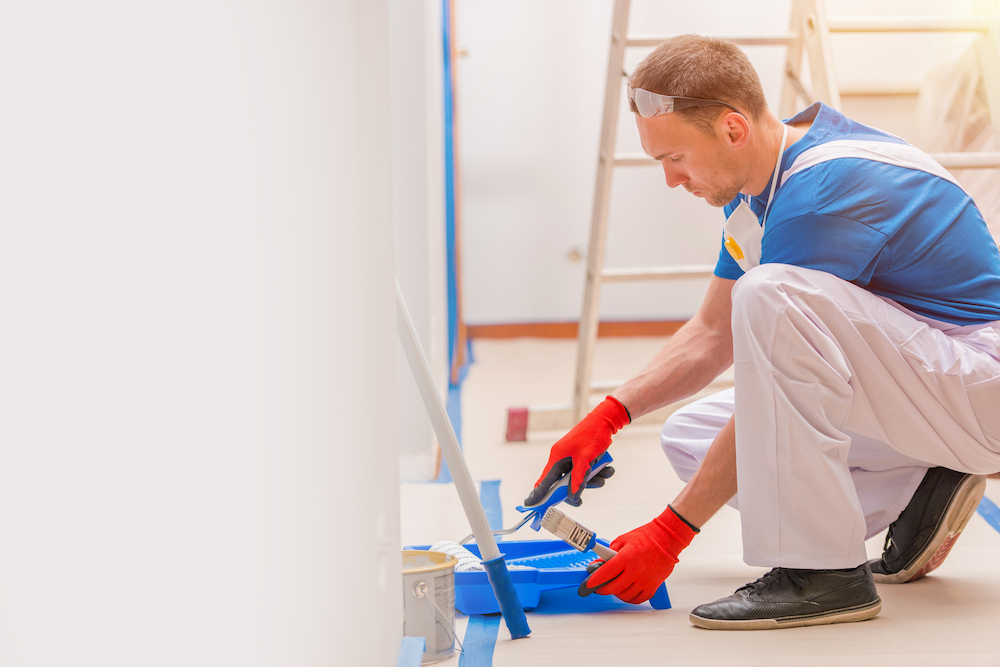
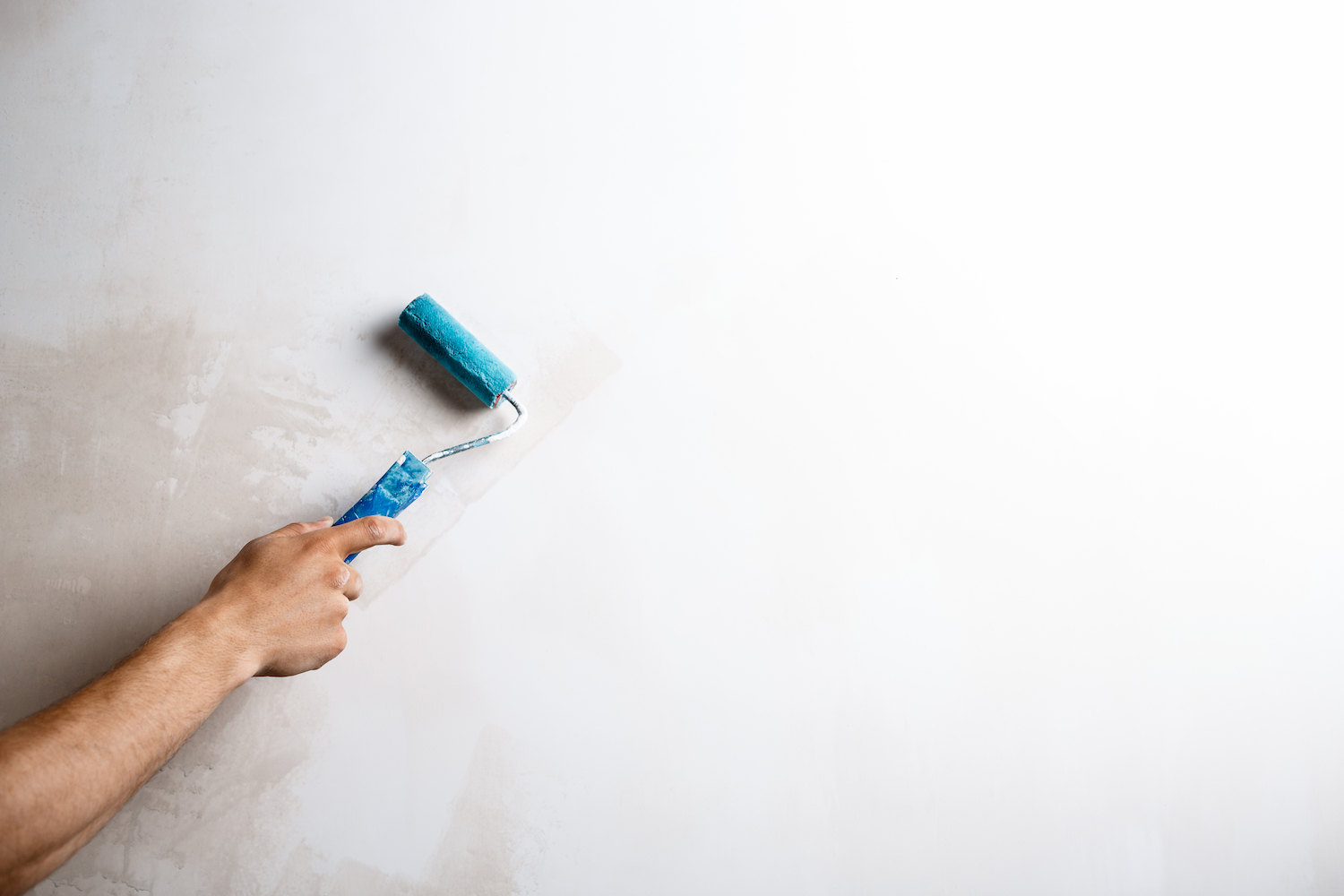
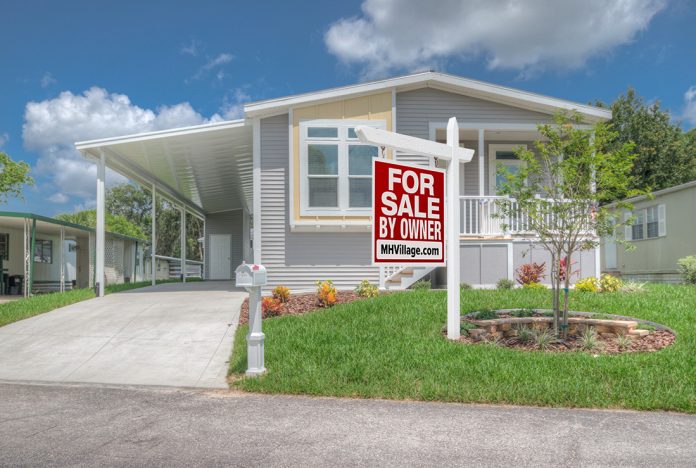
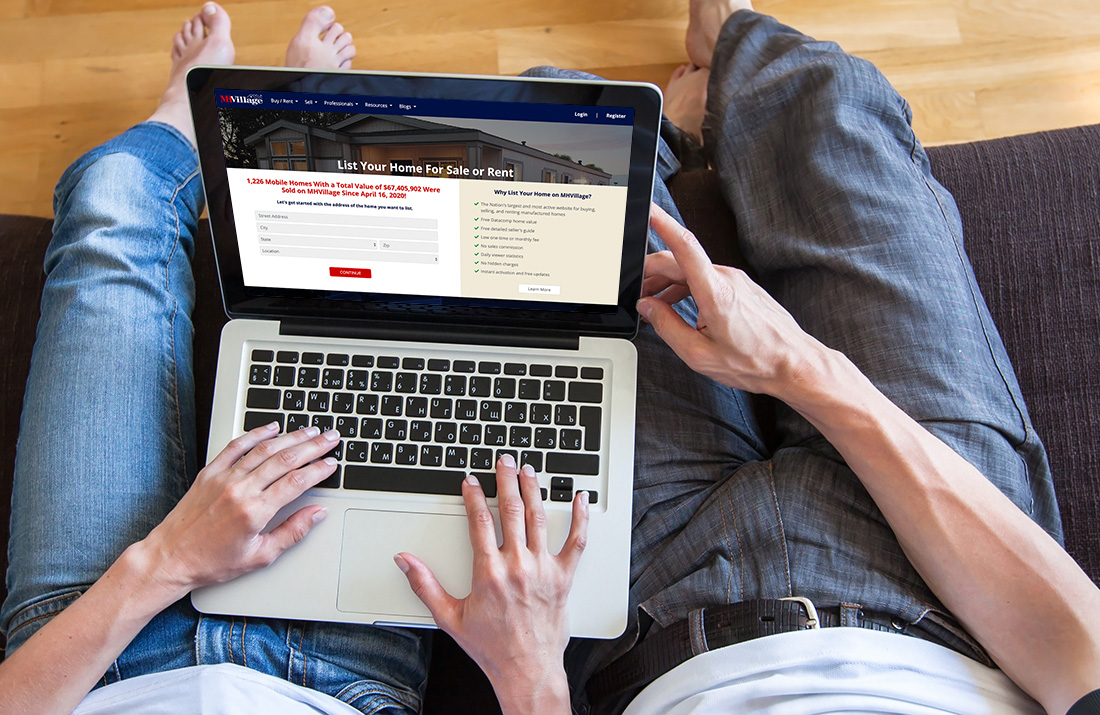 The key to selling your home online is to provide the buyer with as much information and images as possible. For example, be sure to include lots of beautiful, well-lit
The key to selling your home online is to provide the buyer with as much information and images as possible. For example, be sure to include lots of beautiful, well-lit 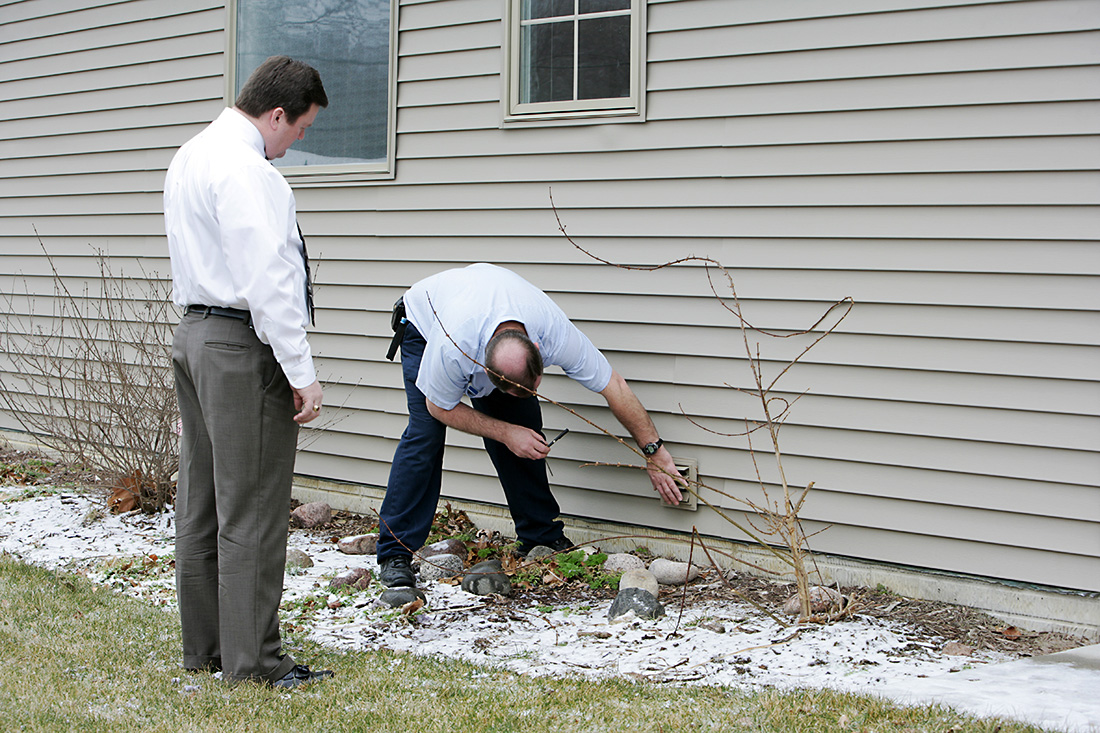 Also, even though some states consider businesses that support financial and real estate transactions as “essential,” some do not. So, depending on where you live it may take a while for a professional to be able to
Also, even though some states consider businesses that support financial and real estate transactions as “essential,” some do not. So, depending on where you live it may take a while for a professional to be able to 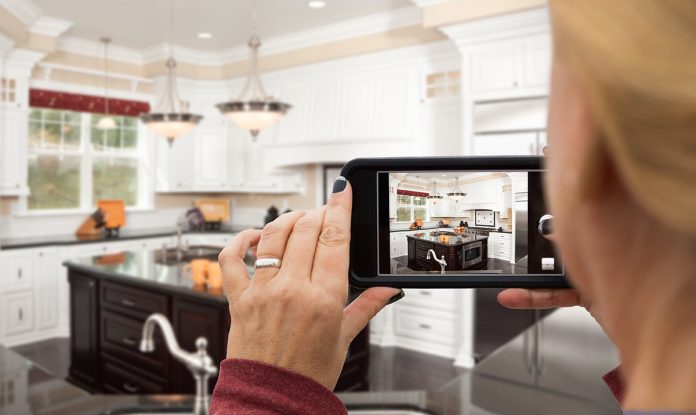
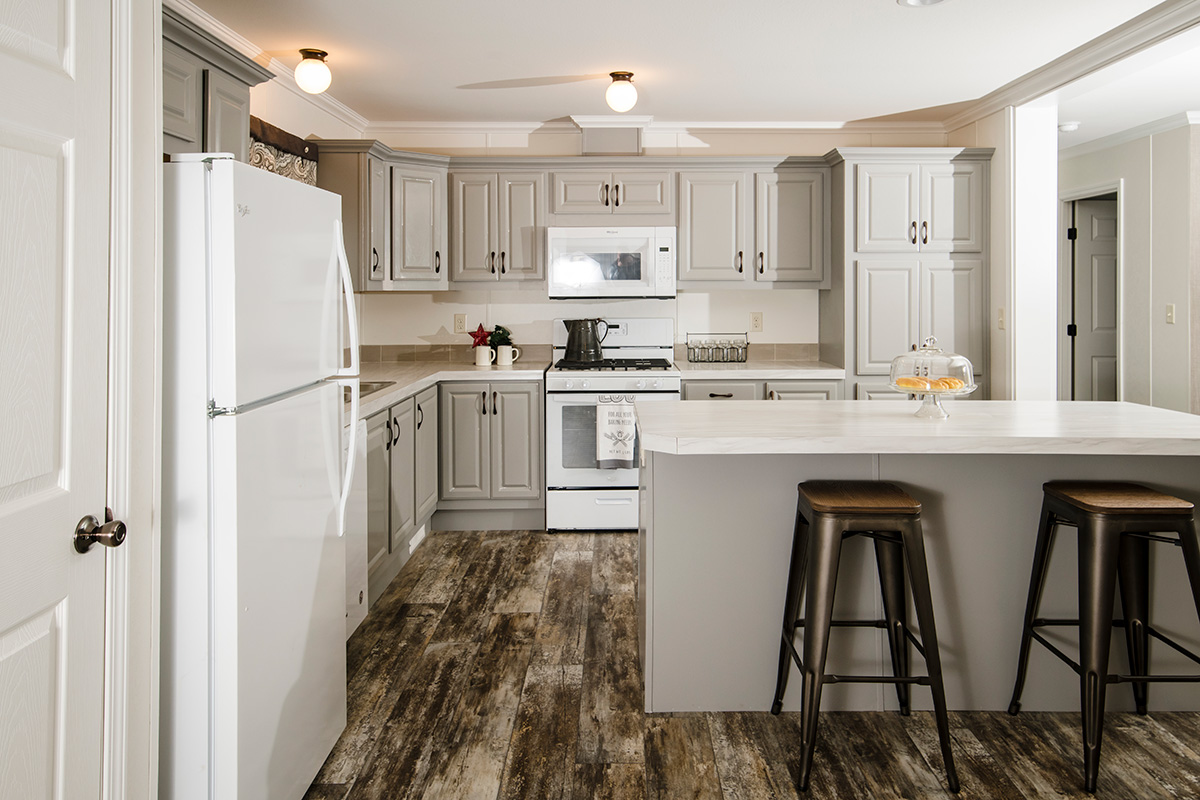
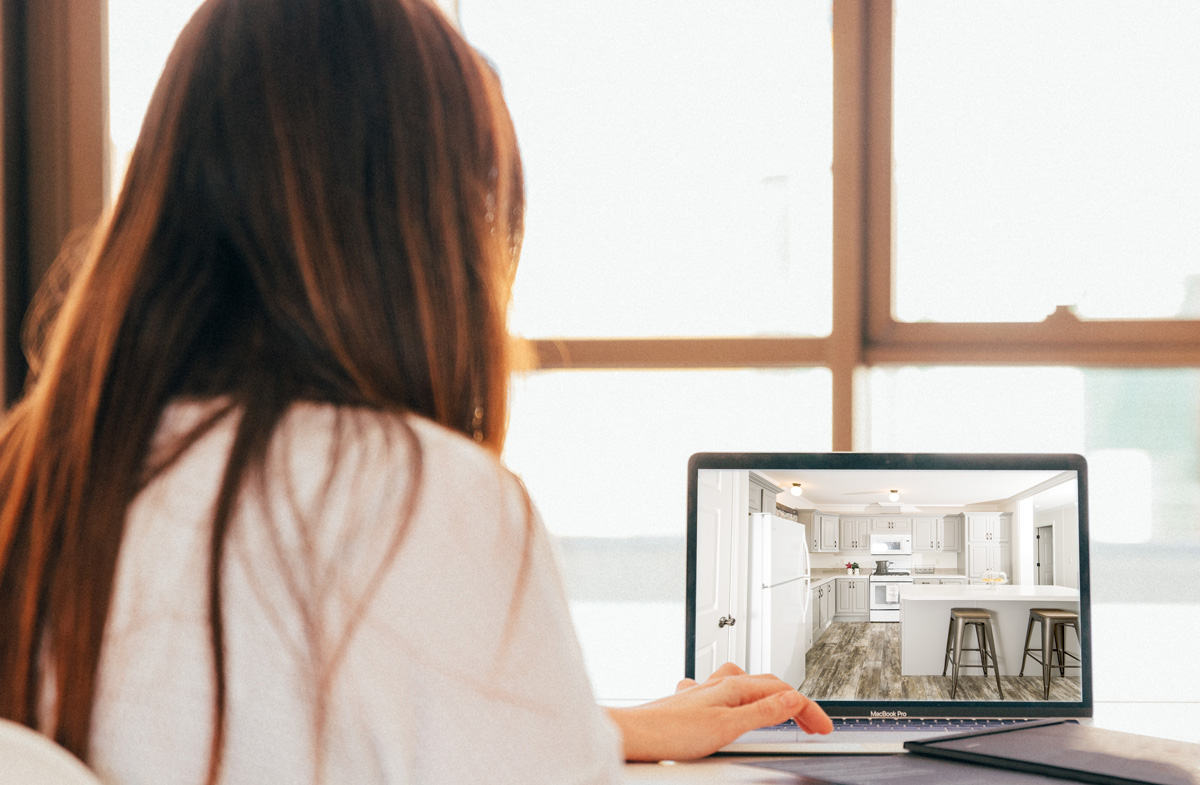 Using YouTube for a Virtual Mobile Home Open House
Using YouTube for a Virtual Mobile Home Open House
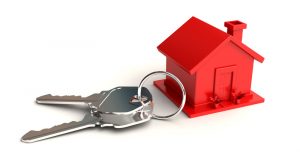 Maybe someone accepted a new “essential worker” job three months ago and must soon begin it. Perhaps you have recently separated or divorced and need to move. An empty nester could be caught halfway between downsizing, having sold their former, larger home but still searching for a new, smaller place.
Maybe someone accepted a new “essential worker” job three months ago and must soon begin it. Perhaps you have recently separated or divorced and need to move. An empty nester could be caught halfway between downsizing, having sold their former, larger home but still searching for a new, smaller place.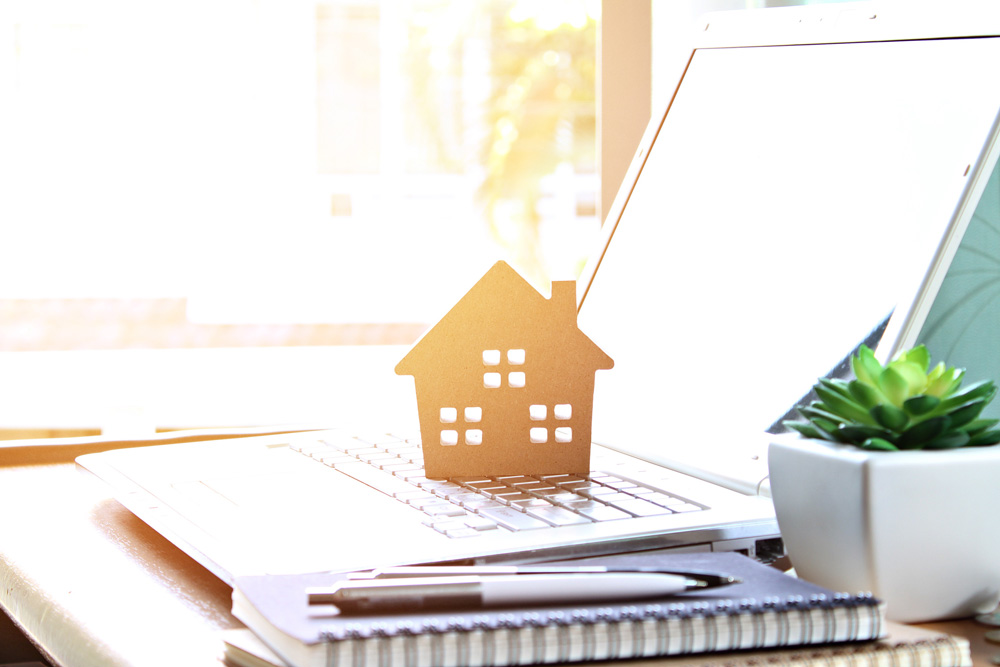 There’s a new normal right now.
There’s a new normal right now.